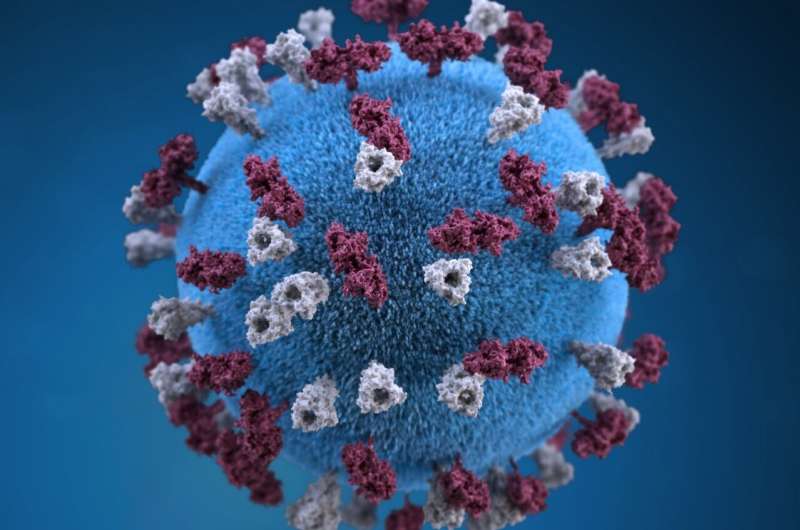U.S. Meat Supply Tested by Olympic Anti-Doping Laboratory for Performance-Enhancing Substances

UCLA athletes' anti-doping testing methods are now used to analyze U.S. meat for performance-enhancing residues. The study confirms that beef, pork, and chicken typically contain safe levels of growth-promoting agents, supporting current regulatory practices.
Scientists at UCLA's Olympic Analytical Laboratory have extended their advanced testing methods, traditionally used to detect performance-enhancing drugs in athletes, to analyze the U.S. meat supply. Led by researcher Elizabeth Ahrens, the study, conducted in collaboration with Texas Tech University and USADA, sought to determine whether residues of growth-promoting substances could be present in meat products sold across the country. Over the course of a year, meat samples including beef, pork, and chicken collected from retail outlets in eight U.S. cities were screened using liquid chromatography and high-resolution mass spectrometry techniques.
Growth agents such as ractopamine and trenbolone are legally permitted in U.S. livestock under strict regulations, although their use is banned in many countries, like those in the European Union. These substances aim to increase muscle mass and improve feed efficiency, with welfare guidelines recommending withdrawal periods before slaughter to minimize residues. Despite concerns raised by some athletes about contaminated meat leading to positive doping tests, the study found that detected levels of these substances were all within safety limits set by the FDA.
The results showed that while some beef samples contained slight traces of growth-promoting agents, these levels were well below legal thresholds. Pork and chicken samples largely tested negative for prohibited substances. Researchers concluded that the likelihood of athletes testing positive for residues from meat consumption under normal dietary habits is extremely low. The ongoing study aims to further examine imported meats and ensure the integrity of the U.S. meat supply.
This research underscores the effectiveness of current regulatory frameworks in controlling growth-promoting residues in American meat products and highlights the utility of anti-doping testing tools in food safety analysis. For more detailed information, see the published study in Drug Testing and Analysis.
Stay Updated with Mia's Feed
Get the latest health & wellness insights delivered straight to your inbox.
Related Articles
Rise in Measles Cases in California Surpasses Entire 2024 Total
California reports over 16 measles cases in 2025, surpassing the total for all of 2024, amid ongoing outbreaks and declining vaccination rates. Learn more about this concerning resurgence.
Advances in Medical Physics for Diagnostic Radiology and Procedures in the Asia-Pacific Region
A comprehensive study examines the current status and challenges of medical physics in diagnostic radiology across the Asia-Pacific region, highlighting opportunities for professional development and improved healthcare safety.
Innovative Electrical Stimulation Technique Shows Promise for Spinal Injury Treatment
A groundbreaking noninvasive electrical stimulation technique offers new hope for treating spinal injuries by targeting spinal cord neurons safely and effectively. Researchers develop a precise electrode grid to modulate neural activity, potentially transforming rehabilitation approaches for paralysis and neurological conditions.
The Continued Importance of Human Touch in AI-Driven Healthcare, Experts Say
Experts highlight that despite advances in AI-driven medicine, the human touch remains vital in healthcare for empathy, ethical responsibility, and personalized care, ensuring technology enhances rather than replaces doctors.



